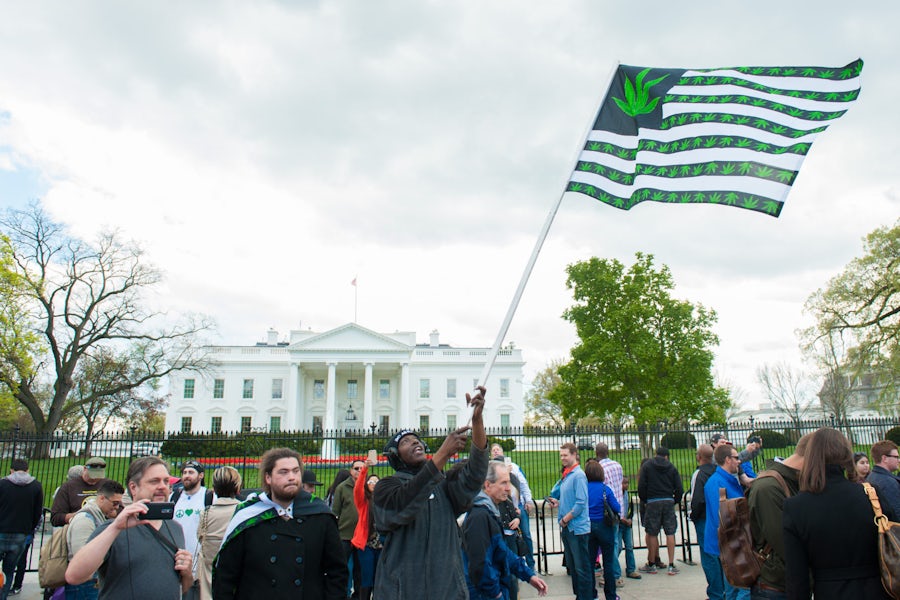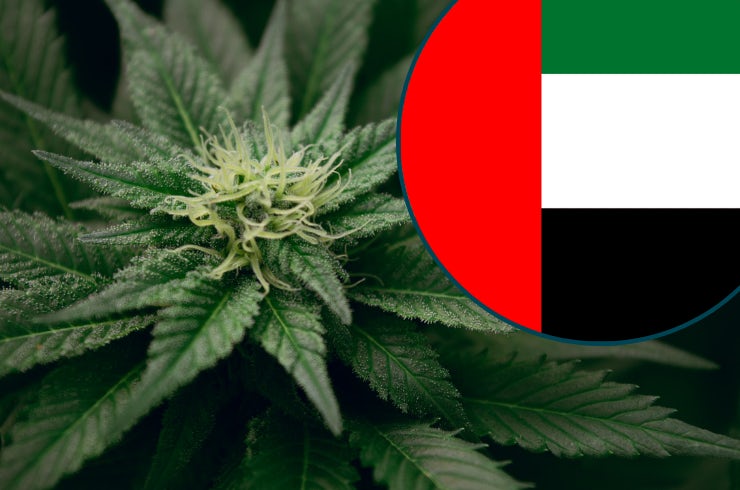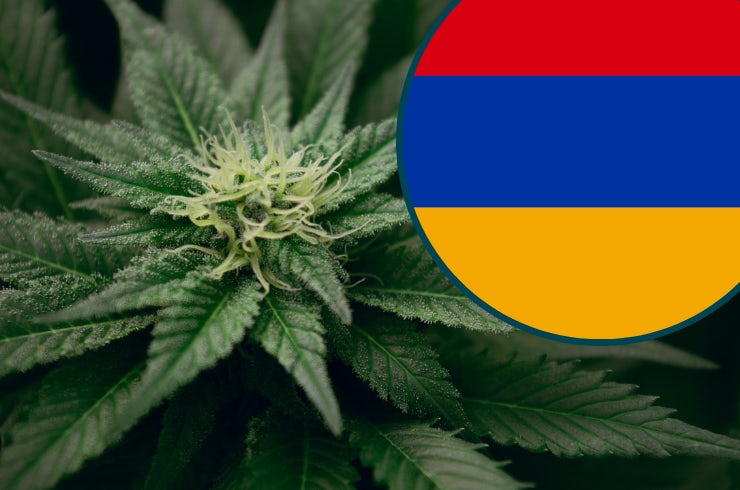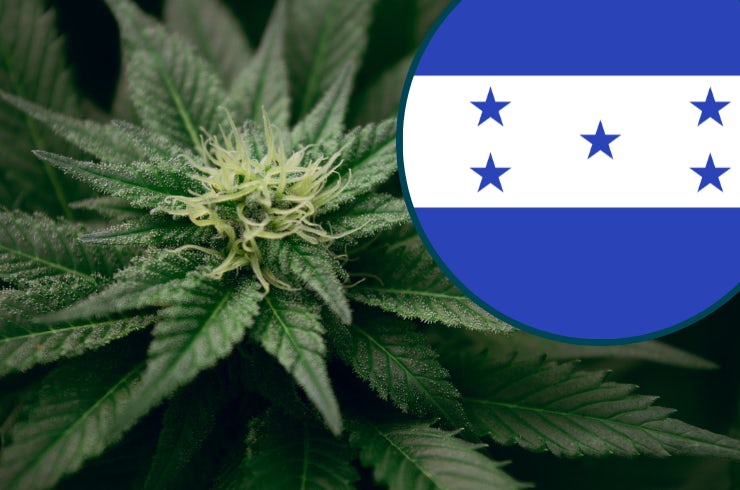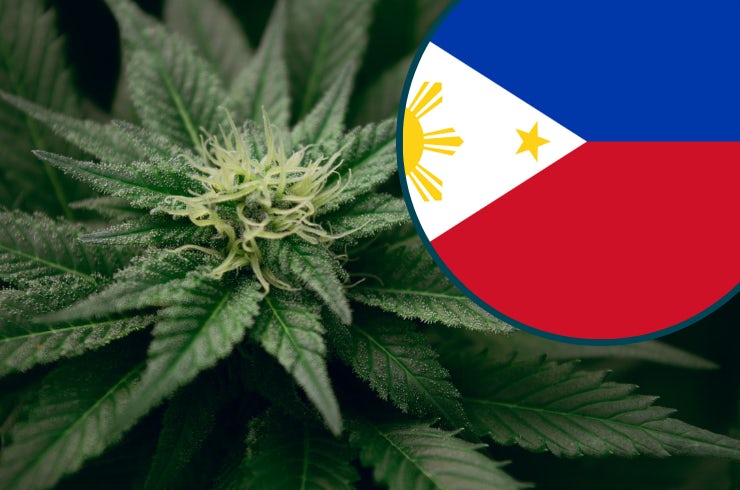Cannabis has had quite a run when it comes to regulation in the past 100 years. A series of events starting in the 1930s, spearheaded by the US anti-cannabis campaign, ultimately culminated in international prohibition. The reasons for this campaign are diverse, mostly circumstantial and not yet concretely proven.
In the aftermath of WW2, the US became a superpower and used this position to influence the UN’s Commission on Narcotic Drugs. So cannabis was deemed dangerous and with little therapeutic benefits. This classification wasn’t scientifically based, but rather leaned on common knowledge and superstitions. Yet, it still stands, and this is basically how cannabis became illegal in most of the world.
The Single Convention on Narcotic Drugs is a treaty signed by 186 UN parties, unifying all past international treaties on narcotic drugs. It also lists cannabis as a Schedule 4 drug, the most severe classification, basically positioning it next to heroin as a “particularly dangerous drug with little or no therapeutic value,” prohibiting any recreational use and drastically limiting medicinal use. This decision drastically shifted both the perception of cannabis as a valid remedy and its availability globally. The treaty was signed on March 30, 1961, though today cannabis is gaining a growing amount of popularity as a medicinal plant, and there is plenty of research to back this reputation. And yet it’s still listed as a Schedule 4 drug.
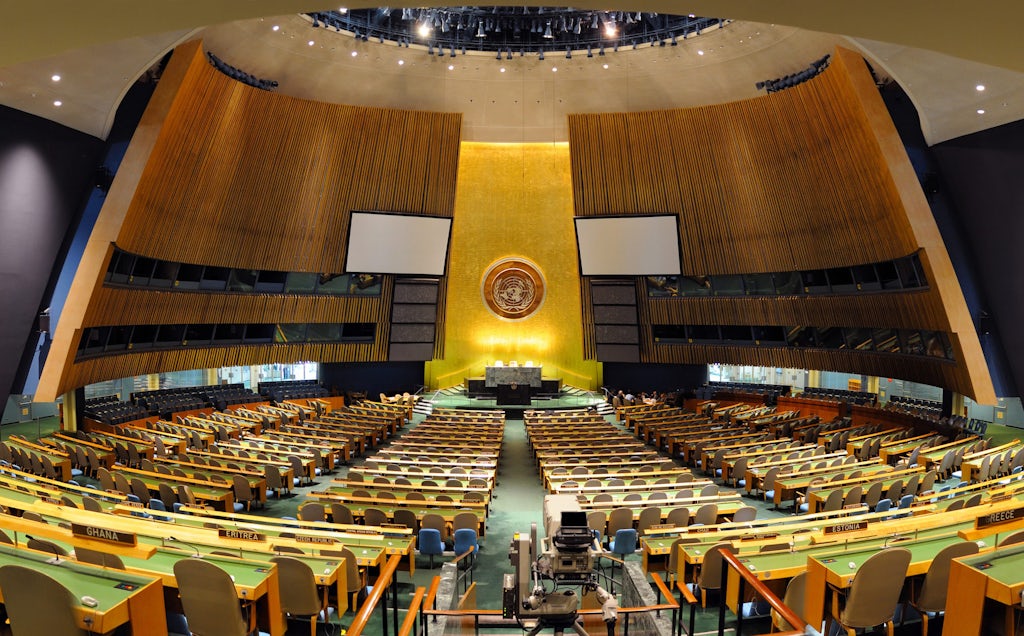
One of the reasons for this legislative dissonance is the fact that defining cannabis as a Schedule 4 drug wasn’t backed by any scientific knowledge to begin with. For years the official stance of both governments and international health organizations followed the 1961 convention with regards to the medicinal properties of cannabis, or lack thereof, representing the plant as addictive and dangerous, a gateway drug. Fast forward to today, cannabis legitimacy as a remedy is constantly growing. To understand how the US influenced the legislative and cultural status of cannabis globally, a brief look at domestic policy is needed.
From an innocent plant to the devil’s creation
Modern use of cannabis as a medical treatment started with the work of the Irish physician William Brooke O’Shaughnessy and, separately, the French physician Jaque-Joseph Moreau. Cannabis as a treatment grew in popularity around the world and the US was no exception. In 1850 it entered the US Pharmacopeia, the official book listing all medicinal drugs, their effects and instructions for use. Cannabis was used for conditions such as gout, typhus, opiate addiction, abnormal uterine bleeding, and more.
But then in the early 1930s, something changed. A nationwide campaign vilifying and delegitimizing cannabis was launched by the Federal Bureau of Narcotics, the FBN (one of the DEA’s precursors), and especially by the man at its helm, Harry Anslinger.

Cannabis was rebaptized and was commonly referred to as marijuana, the name used by the growing Hispanic population arriving from Mexico. According to the British author Martin Booth in his book Cannabis: A History, this change in terminology was designed by Anslinger as part of his campaign against cannabis. This was most likely a tactic aiming to play on rampant xenophobia in America at the time.
For instance, Anslinger once asserted in a congressional testimony, “Marijuana is the most violence-causing drug in the history of mankind.” Another good representation for cannabis perception at the time was the movie Reefer Madness, a propaganda film that vilifies and demonizes cannabis. Watching merely 20 seconds of the movie’s trailer is enough to get the general idea.
This quote also shines a light on both Anslinger’s intentions and the US zeitgeist: “There are 100,000 total marijuana smokers in the US, and most are Negroes, Hispanics, Filipinos and entertainers. Their Satanic music, jazz and swing result from marijuana use. This marijuana causes white women to seek sexual relations with Negroes, entertainers and any others.”
The campaign succeeded; in 1937 Congress passed the Marijuana Tax Act, prohibiting recreational use nationally, and imposing taxes on medical cannabis producers, prescribing physicians, and pharmacists. The final result was that it was just too complicated and expensive to treat patients with cannabis. Eventually, a few years later, in 1941, cannabis was removed from the US Pharmacopeia.
The roots of cannabis demonization
Without diving into theories of why Anslinger and the FBN systematically persecuted cannabis, let’s take a quick look at some of the potential factors at play. To be clear—this is little more than conjecture.
One theory that became popular thanks to Jack Herer’s book, The Emperor Wears No Clothes, points to the fact that before the 1937 Marijuana Tax Act, fiber varieties of cannabis (hemp), were used for the production of paper and textile, and as such became a target for industrial giants like Randolph Hearst and the DuPont family. Herer established his theory upon the direct connection between Hearst and DuPont with Andrew W. Mellon, the Secretary of the Treasury, the bureau that is directly responsible for the FBN. Herer also points to the fact that it was Mellon who appointed Anslinger as head of the FBN, and that Anslinger was married to Mellon’s niece.
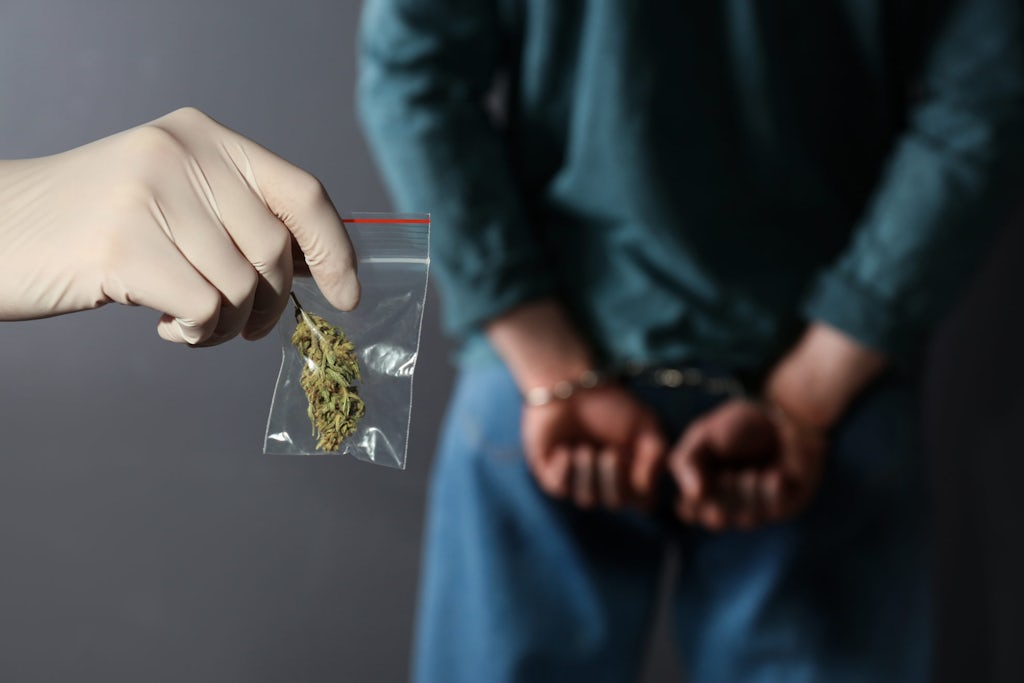
The Anslinger-Hearst-DuPont connection was further explored and established by John C. Lupoien in his 1995 masters thesis Unraveling an American Dilemma: The Demonization of Marijuana. Still, fascinating and thorough as his work is, it lacks a “smoking gun” and remains very circumstantial.
Another potential reason for Anslinger’s war on cannabis was suggested by Johann Hari in his book, Chasing the Scream: The First And Last Days of the War on Drugs. Hari proposes that when alcohol prohibition ended in 1933, the FBN needed to find a replacement in order to justify its mere existence and budget. Cannabis was a perfect target, especially due to its growing prevalence use by Hispanic newcomers. But again, this theory is as circumstantial as the previous one.
The most established and accepted theory points to the xenophobic tendencies of the time. According to an in depth report about the history of cannabis prohibition by the Transnational Institute:
“A moral panic fed by sensationalist newspaper reports about violence supposedly incited by marijuana use among Mexicans immigrant laborers was building… (Anslinger) at first minimized the problem, arguing that cannabis control should be handled by individual states rather than the federal government. He considered heroin a much more dangerous substance and was cautious about committing the FBN to the control of a substance that grew freely across many, particularly southern, U.S. states. However, pressure to do something mounted: from local police forces in affected states, then from governors, and from the governors to the Secretary of the Treasury, Anslinger’s boss (Andrew W. Mellon).”
US legislative strategy is key to the US steered the world towards cannabis prohibition. One particular tactic that the predecessors of the FBN used on a number of occasions was to use domestic legislation to promote its interests in international meetings, and increase its capacity to influence international decisions. Furthermore, it would use international treaties and obligations to influence domestic legislation.
International narcotic conventions
The 1961 convention didn’t just appear out of nowhere. Rather, it was the product of decades of international narcotics conventions and meetings, particularly regarding opiates. The first mention of cannabis as a drug that should be controlled internationally was in the 1912 International Opium Convention in The Hague. As its name suggests, this convention was meant to deal with opium, and more precisely international opium trade.
The Italian representative raised the question of cannabis — mainly because of hashish trafficking issues in Libya, then an Italian colony. However, the different parties didn’t support its inclusion for a variety of reasons, mainly lack of knowledge and guidance from their government on the issue.
In 1924 a second convention was set to define ways to implement the decisions of the 1912 convention. This was after the creation of the League of Nations, basically the beginning of a new chapter in international law. In this convention, the cannabis question was raised again, this time by the Egyptian representative, Mohamed El Guindy. El Guindy was eager to include cannabis in the conventions scope, likely in an attempt to prevent the hashish smuggling from Egypt‘s neighboring countries. Most countries had little to no experience with cannabis, and El Guindy presented it as a dangerous gateway drug that causes 30-60% of insanity cases in Egypt. In reality, it was 2.7%, and it wasn’t the cause of insanity but rather associated with it.
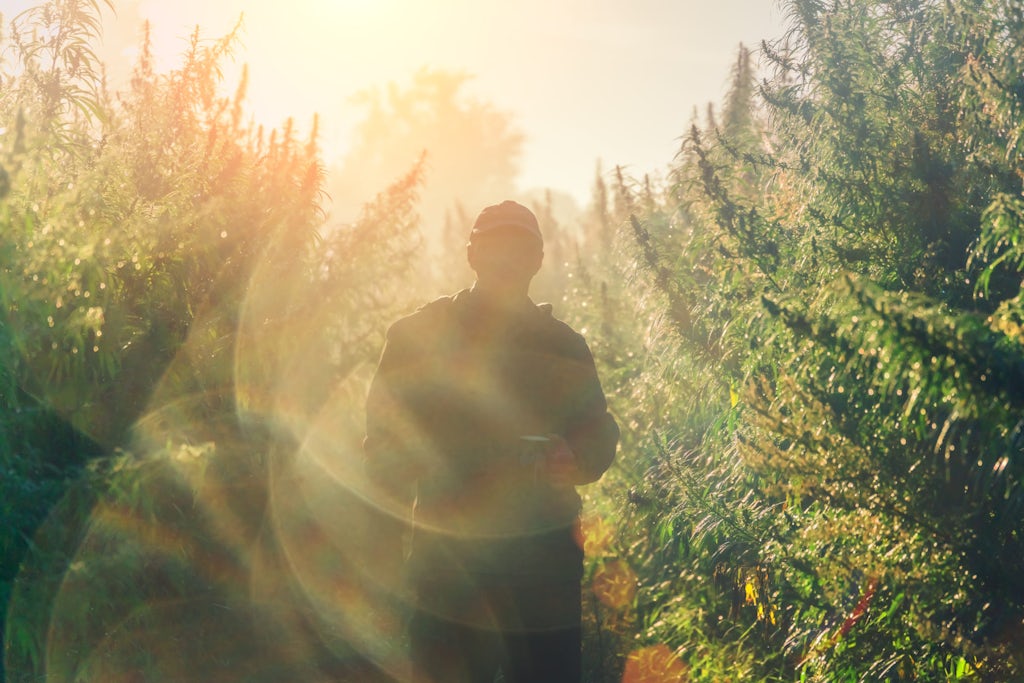
Eventually, cannabis was included in the convention, but its international control was very limited compared to El Guindy’s initial proposal of total prohibition of non-medical use. Cannabis export to countries where it was illegal became forbidden, and in countries where it was legal importers had to be certified. Furthermore, solely based on the Egyptian delegation reports and without considering any other evidence, the conference formally decided that cannabis was as addictive as opium and needed to be treated accordingly. The main reason El Guindy’s proposal wasn’t accepted to its full extent, was that it interfered with domestic policy in sovereign states, which was unacceptable at the time.
Regrettably, the British delegation neglected to present the conclusions of one of the most thorough reports ever done regarding cannabis use. The seven-volume, 3,200-page Indian Hemp Drugs Commission Report of 1894 basically asserted that “Total prohibition of the cultivation of the hemp plant for narcotics, and of the manufacture, sale, or use of the drugs derived from it, is neither necessary nor expedient…”
In 1936, in the midst of the FBN’s cannabis propaganda, and a year prior to the Marijuana Tax Act, Anslinger represented the US at the Conference for the Suppression of the Illicit Traffic in Dangerous Drugs in Geneva. Similarly to El Guindy’s efforts in 1924, Anslinger tried to shift international perceptions of cannabis. A prohibition of cultivation, production, manufacture, or distribution of cannabis for non-medical/scientific purposes. Once again, the League of Nations perceived these measures as too extreme and they were rejected. Anslinger went back to the States with his tail between his legs. However, shortly after, with the outbreak of WW2, the League of Nations was terminated. After the war, the United States’ power grew substantially — along with its capacity to persuade other countries to align with its policies.
From domestic legislation to international crusade
In 1948 the UN approved a US-backed resolution that requested a new treaty to replace all past treaties since the 1912 Hague convention. As you’ve probably guessed, those are the seeds of the 1961 treaty. The draft had three main objectives:
- Limit the production of raw materials (such as coca leaves, cannabis, and poppies)
- Codify past conventions into one
- Simplify the existing drug control mechanism.
The UN Commission on Narcotic Drugs (CND) inherited the responsibilities of the Advisory Committee of the League of Nations. Between 1950 and 1958 the above treaty went through three drafts. In terms of cannabis, one of the most important subjects was the question of medicinal value. In order to make things even less complicated, the UN-appointed the World’s Health Organisation Expert Committee on Drugs Liable to Produce Addiction as the body responsible to determine if cannabis has any medicinal use.
The man chosen to chair this expert committee was somewhat suspect. Pablo Osvaldo Wolff was a close associate of Anslinger, who even wrote the preface to the English edition of Wolff’s book about the threats of cannabis. One commentator, Rufus King, goes so far as to suggest that Wolff became the WHO’s cannabis expert thanks to US string pulling. Wolff’s role in the legislative dissonance mentioned above is imperative. He single-handedly steered the WHO’s stance on the medicinal benefits of cannabis (or lack thereof), and absurdly none of that was based on scientific facts.
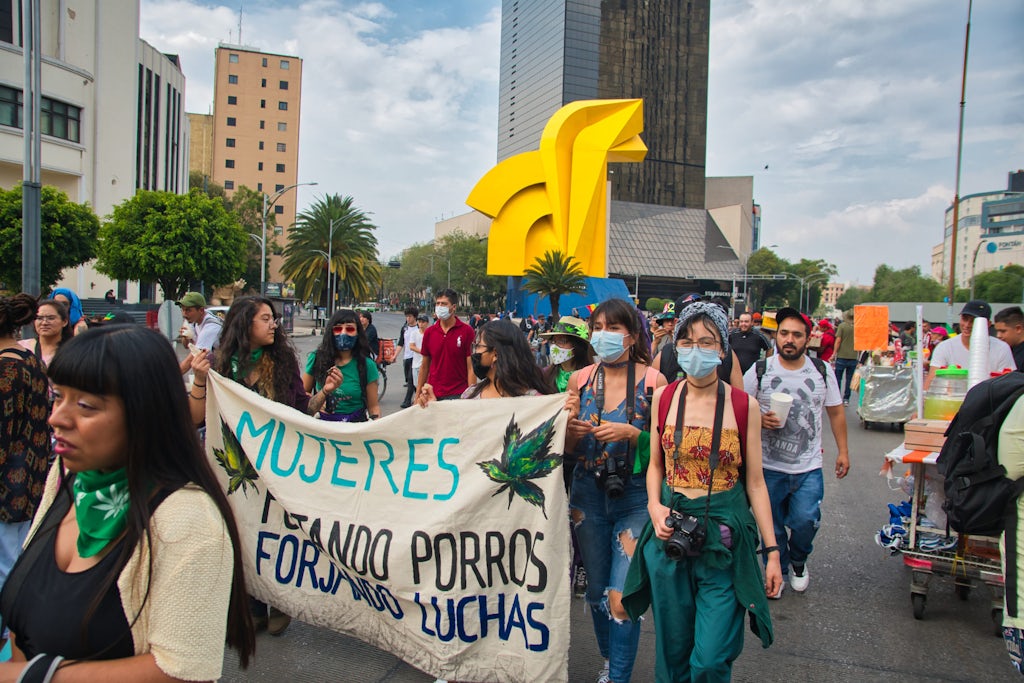
Firstly, though there was plenty of anecdotal evidence for the therapeutic benefits of cannabis, practically all major discoveries of its medicinal properties were made after 1961. CBD and THC were isolated in their pure form in 1963 and 1964, and cannabinoid receptors 1 and 2 and the endocannabinoids anandamide and 2-AG were discovered in the 1980s and 1990s. So the plant wasn’t researched enough in order to determine its therapeutic value. And secondly, Wolff distorted information and cherry-picked evidence in order to promote his hypothesis about the lack of cannabis therapeutic benefits.
Eventually, the CND adopted the WHO’s suggestions, which were again, based on nothing that even resembles unbiased scientific knowledge. The 1961 treaty classified narcotics into 4 groups:
- Schedule 1 — highly addictive and liable to abuse (including opium, cannabis, heroin, and cocaine)
- Schedule 2 — less addictive and liable to abuse (codeine, for instance)
- Schedule 3 — preparations containing low amounts of narcotics and unlikely to be abused
- Schedule 4 — some Schedule 1 drugs that are particularly dangerous and have no medical use (heroin, cannabis)
The UN’s 2006 World Drug Report says: “much of the early material on cannabis is now considered inaccurate, and that a series of studies in a range of countries have exonerated cannabis of many of the charges leveled against it… Medical use of the active ingredients, if not the plant itself, is championed by respected professionals.” Today, 13 years and countless cannabis research and studies later, cannabis is still listed as a Schedule 4 drug, indicating that it has officially no medical use and is particularly dangerous.
But things are starting to change. Through a series of events, cannabis legislation has gradually evolved globally since the 1970s, and it keeps changing — both for medicinal and recreational uses. In the beginning of the 21st century, countries like Germany, Canada, Italy, Australia, the Netherlands, Israel, and dozens of American states have adopted independent medical cannabis programs, accepting the plant’s medicinal benefits. Eventually the World Health Organization accepted the medicinal benefits of cannabis, and the CND followed.
59 years after it was first scheduled, cannabis was finally removed from the list of scheduled 4 substances in December 2020.
Sign up for bi-weekly updates, packed full of cannabis education, recipes, and tips. Your inbox will love it.

 Shop
Shop Support
Support